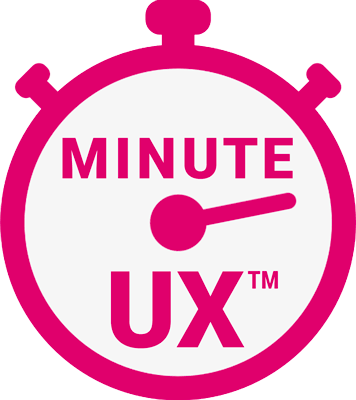The Minute UX™ series: one-minute reads about website problems I’ve discovered in numerous UX audits.
Choosing the right words for website or app buttons is crucial. (I’ll save button visual design for another blog.) Vague or fanciful button text is remarkably common and can cause user confusion, fail to meet accessibility standards, and reduce CTA performance. Button text may seem simple, but it actually demands careful thought. Why? Because button text must balance two opposing priorities: being short and also meaningful.
The optimal button text succinctly and clearly describes the action it triggers.
To start with, when considering the words for a button, don’t assume people have read the copy that precedes it (NN/g ). That assumption leads to vague buttons. For example:
Vague: Let’s do what?
Meaningful: Clear about what will happen.
Another way button names become unclear is the desire to be creative. It’s better to be clear and meaningful than to demonstrate creative flair. For example:
Fanciful and unclear: What happens next?
Meaningful: Clear about what happens.
Button clicks are often CTAs that move people along a purchase path. Without a clear idea of what comes next, people may hesitate, diminishing results. The lack of CTA success can arise from vague or fanciful button names, or from wording that implies greater commitment than people are prepared to make. For example:
Implies commitment—may cause hesitation.
Less commitment—less likely to cause hesitation.
Lastly, don’t assume people will understand the meaning of an icon alone. Descriptive text is required—not just for usability but also for accessibility (HubSpot ). For example:
Icon alone may not be clear.
Text clarifies what will happen.
That’s a wrap for this edition of Minute UX.
References
“Ensure that the label for any interactive component within Web content makes the component’s purpose clear.” WCAG
The story of the $300 million button by Jared Spool.

